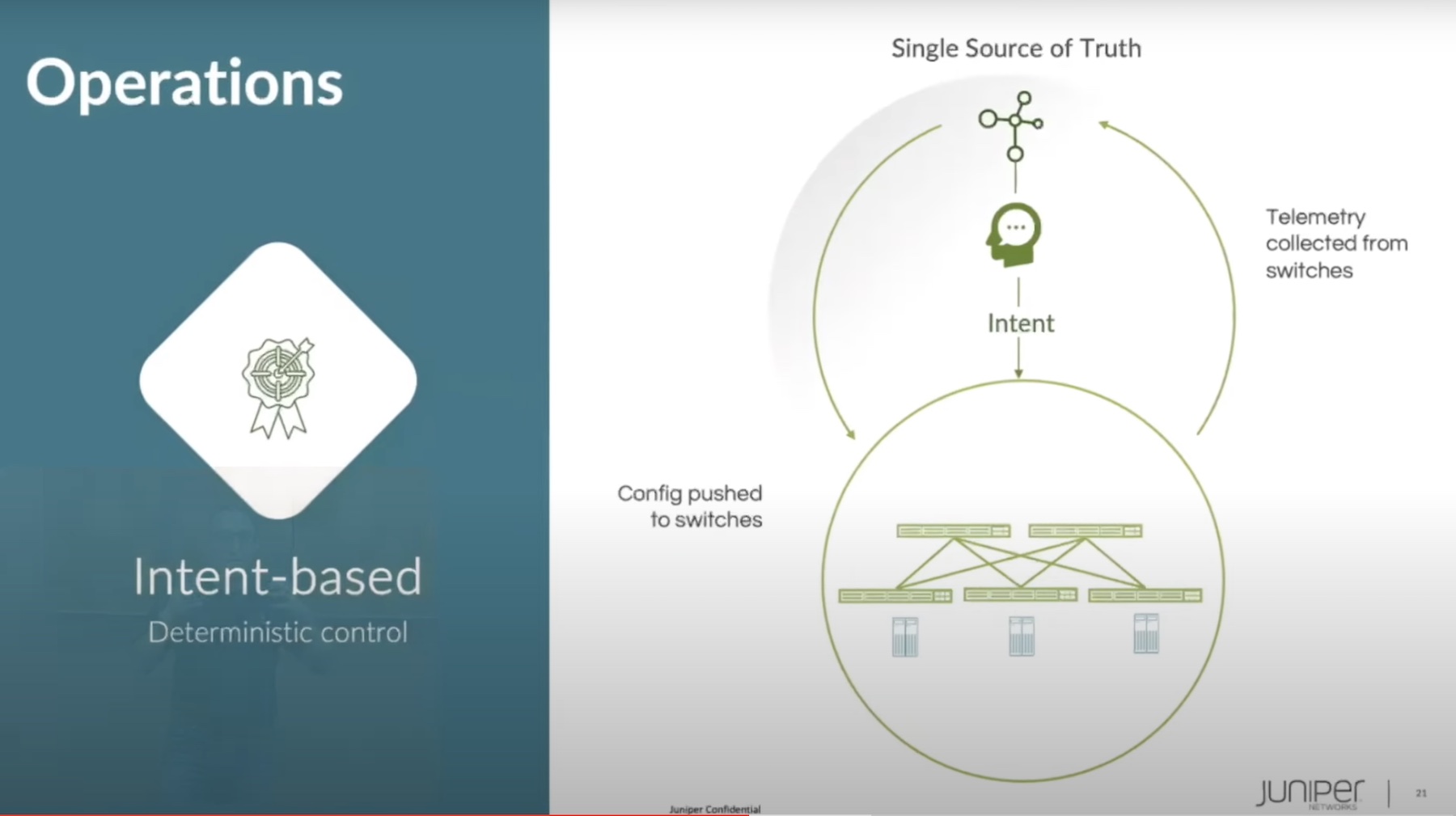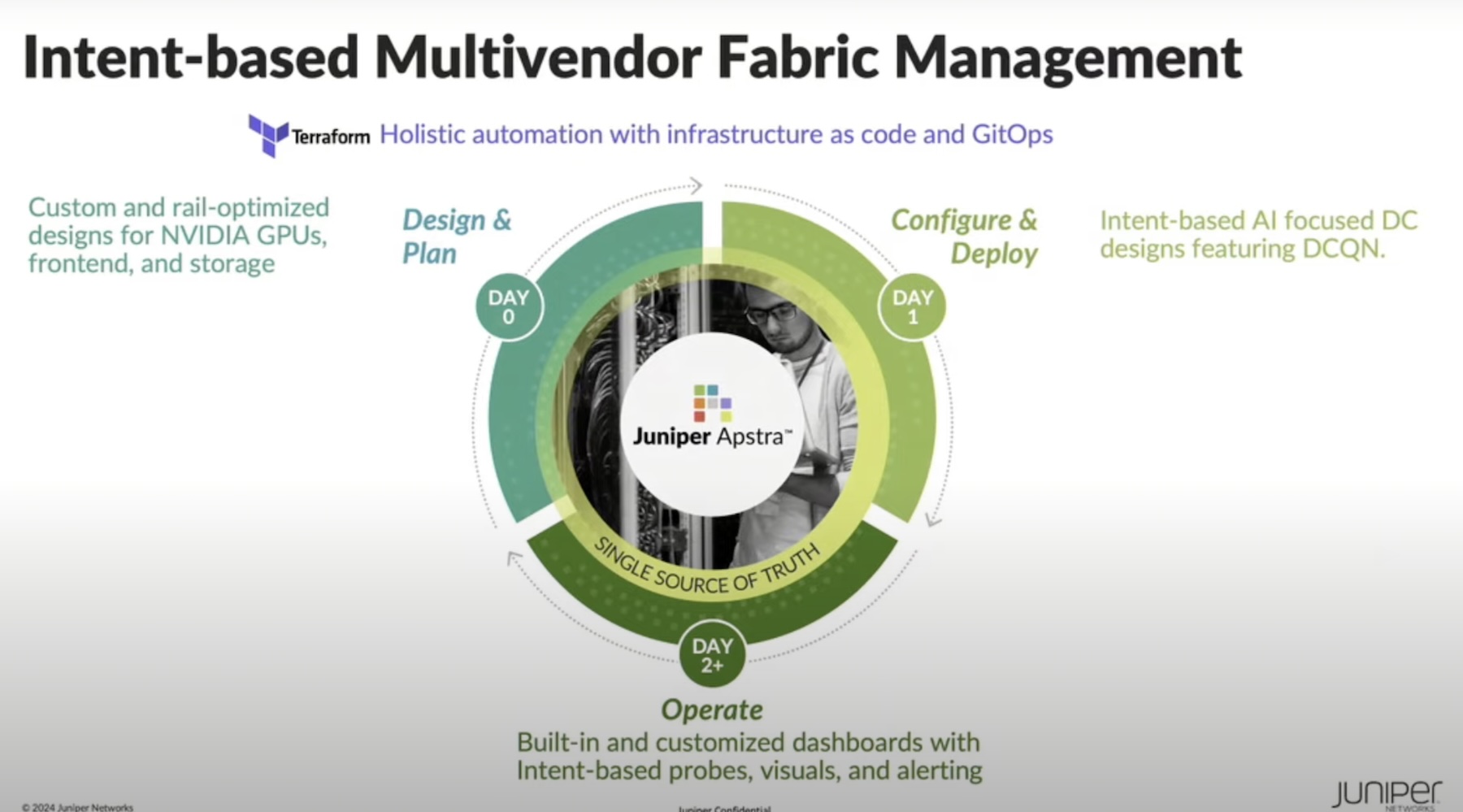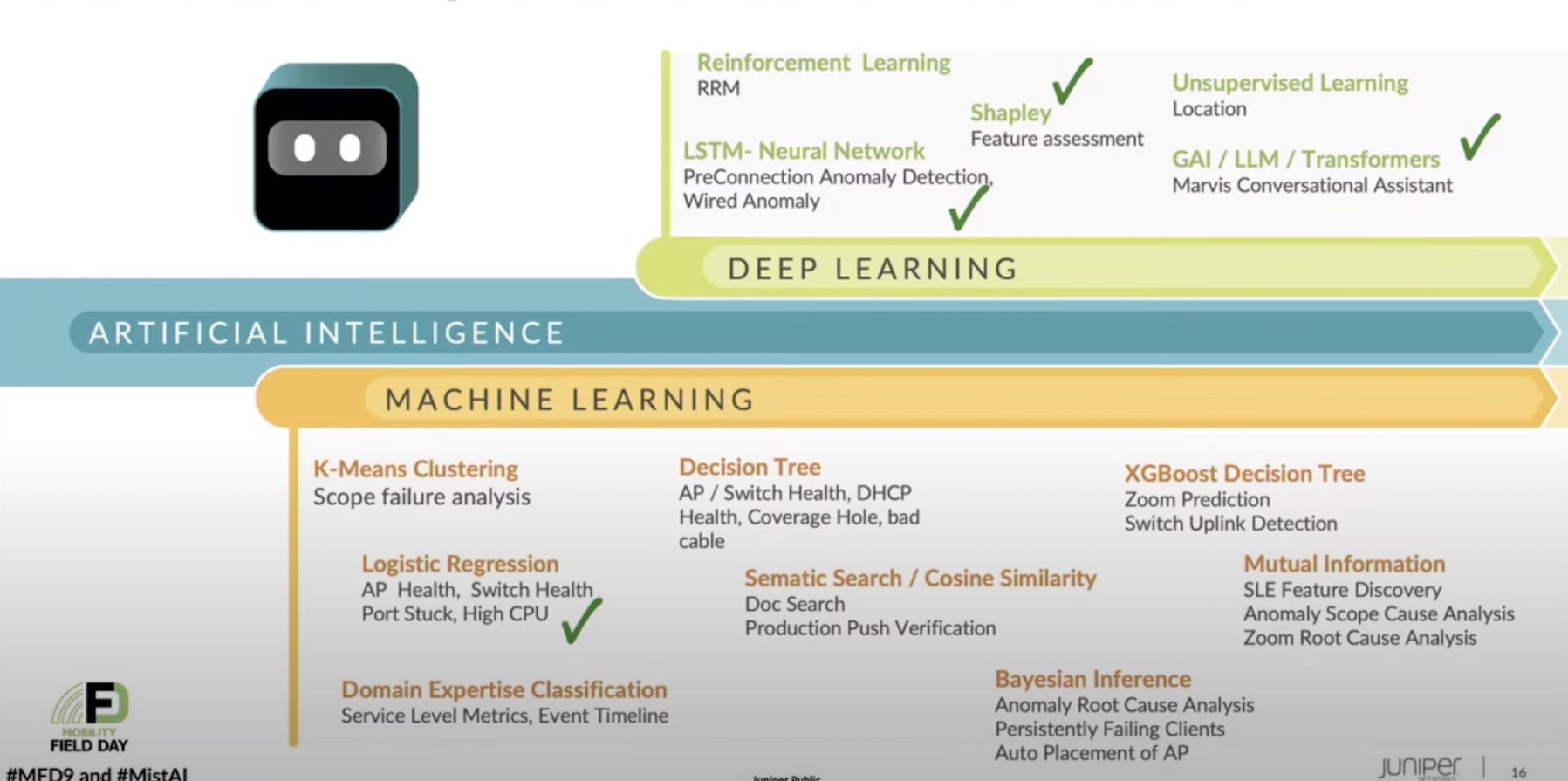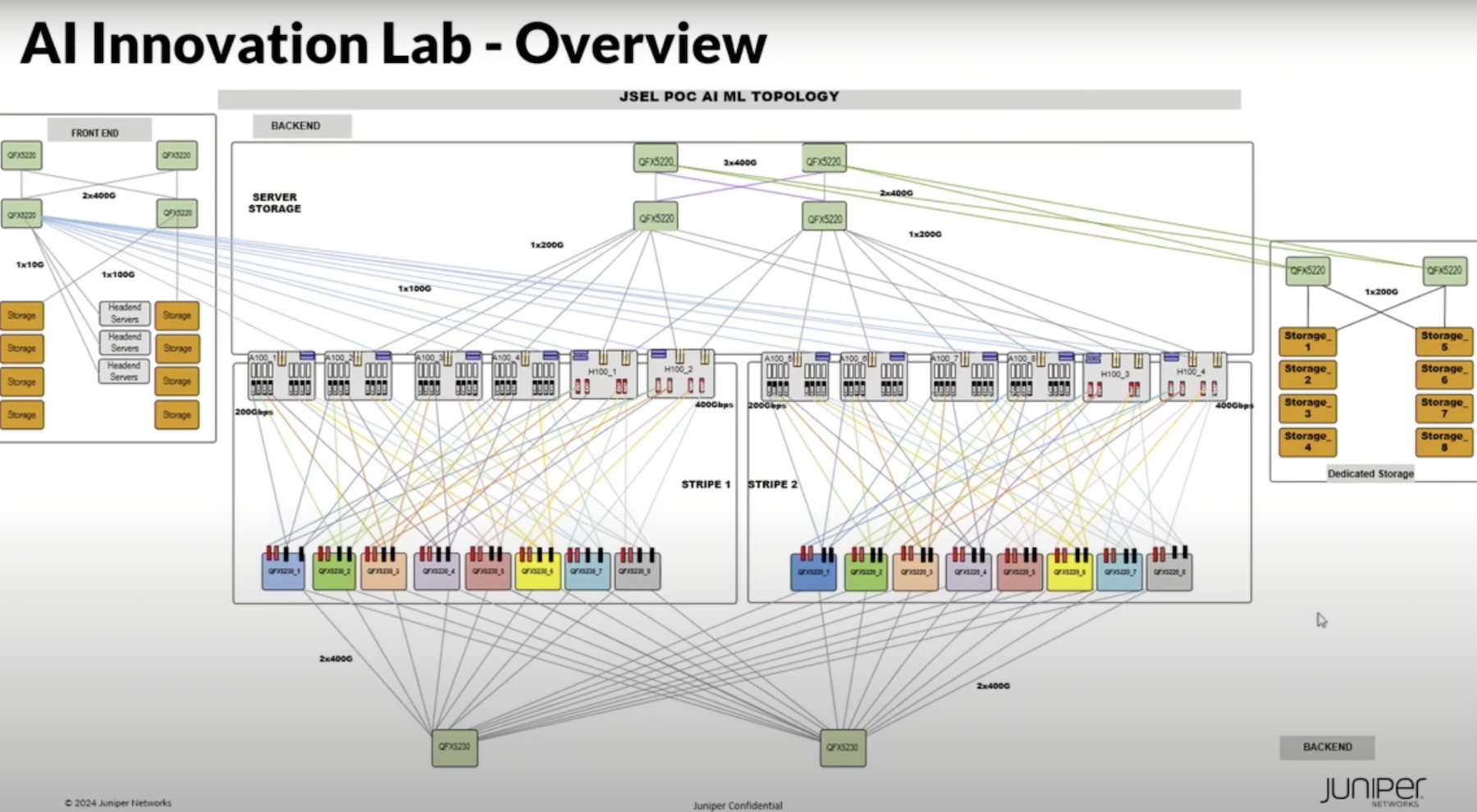As business networks become more and more dense with equipment, software and information, advanced solutions that ensure agility and security in the network go up in demand. Juniper Networks in the recent Networking Field Day event showcased one such technology that offers maximum security, goodput and WAN connectivity in the network. It’s the Session Smart Router.
Tunnel Routing and It’s Downsides
The tunnel-less technology originated back in 2014 when SD-WAN wasn’t as big a thing as it is today. At the time, software and software-defined tools and technologies were still on the way to finding traction in the market. This was a technology that was cultivated in the community of network engineers who had a background in IP routing and IP telephony.
Aligned with the common consensus that networks should be stateless, fast and simple where security is at the endpoints, engineers were building IP routed networks to be all of those things.
But as time passed and organizations from finance, government and such high-value sectors started to put data in the network, security became paramount. Firewall was set up and a slew of stateful devices followed. All that started to load up the network overlays making it nebulous and complicated, far from the simple infrastructure envisioned in the beginning.
In a race to touch the finishing line of harnessing the capabilities of software and software-defined, the network guys started building what they already had in hardware into software. This brought nothing new into the picture. The only thing that happened differently was that networks started sending packets through tunnels and using automation and orchestration to make that happen.
Innovation on the Way
When the early visions of a simple network infrastructure remained largely unrealized, network engineers shifted their focus on building a different kind of router, one that is smarter and that ticked some key boxes. They decided that first, this new generation of routers needed to be such that they can get the best use out of the software and software-defined technology. Second, these routers needed to work based on sessions. From the starting point to the destination in cloud, sessions were going to be the connecting thread.
Thirdly, the network needed to be more service-oriented and that’s how the day zero experience should be. Lastly, security had to be interwoven in the fabric of the network. Instead of lacing the edge with security, now it had to be at every hop.
How Juniper Networks’ Session Smart Technology Works
At January’s Networking Field Day event, Juniper Networks’ Senior Product Manager Reid Stidolph offered an overview of the Session Smart Technology and explained how the Juniper Networks Session Smart routers work.
The Juniper Session Smart Technology tackles the inadequacies of networking products by enabling security and agility in the connectivity. With its tunnel-less architecture, SSR can substantially cut down infrastructure and bandwidth costs.
This is how the Session Smart technology works. The SSR acts as the default gateway between the source client and itself. As a packet leaves the source and enters the SSR, the SSR identifies whether it’s an established session or not. If not, it associates the packet to its services, policies and tenants. The goal here is to track down the tenant to understand if the tenant has authorization to access the concerned service. Then based on the policy, it determines how the packet is going to be sent over to the destination.
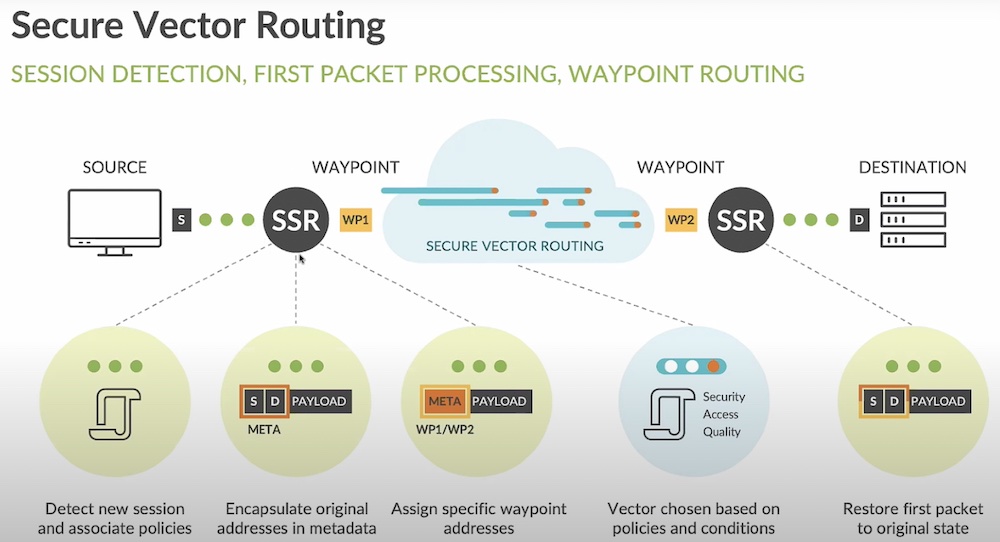
On its way to the final waypoint, the packet is changed into a NAT. The SSR does this to shut off the metadata associated with the packet. The packet passes through more rounds of validation and authentication until it finishes its journey. Thus, cryptographically signed, it reaches its destination with no encapsulation or overhead. In this way, goodput is optimized.
Final Verdict
The Juniper Networks’ Session Smart router is a service-oriented networking product that enhances WAN connectivity while eliminating “badput”. It has both the envisioned simplicity and performance, topped with cost-efficiency which makes it an intelligent investment for enterprises.
Be sure to view the rest of Juniper Networks’ presentations from the Networking Field Day event on the Tech Field Day website.

